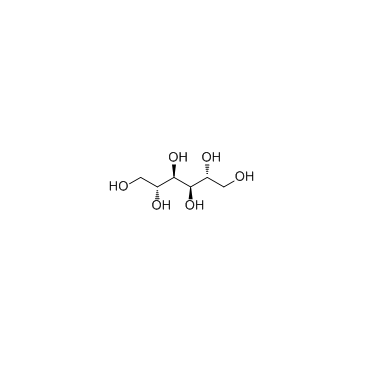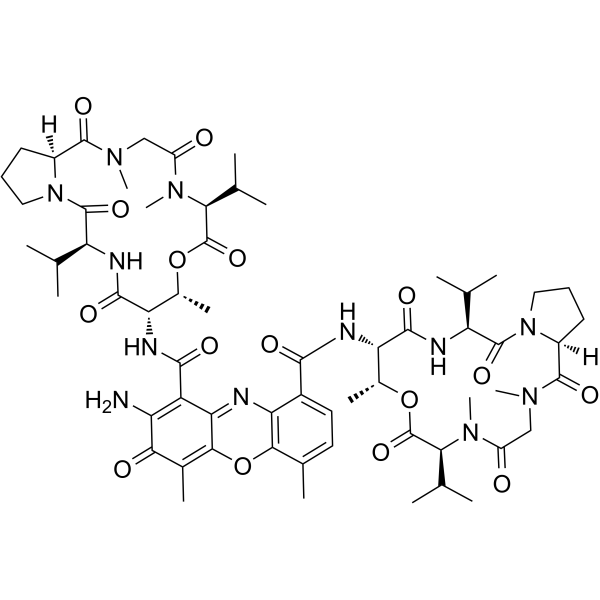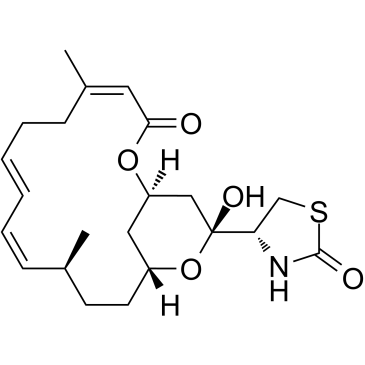| 结构式 | 名称/CAS号 | 全部文献 |
|---|---|---|
 |
氯化钠
CAS:7647-14-5 |
|
 |
二甲基亚砜
CAS:67-68-5 |
|
 |
甘露醇
CAS:69-65-8 |
|
 |
放线菌素D
CAS:50-76-0 |
|
 |
氯化钠-35cl
CAS:20510-55-8 |
|
![5-[(4-羧基苯基)亚甲基]-2-硫氧-3- [(3-三氟甲基)苯基-4-噻唑烷酮 结构式](https://image.chemsrc.com/caspic/328/307510-92-5.png) |
5-[(4-羧基苯基)亚甲基]-2-硫氧-3- [(3-三氟甲基)苯基-4-噻唑烷酮
CAS:307510-92-5 |
|
 |
红海海绵素 A
CAS:76343-93-6 |
|
 |
氯化铵
CAS:12125-02-9 |
|
 |
8-辛酰氧基芘-1,3,6-三磺酸三钠盐
CAS:115787-84-3 |